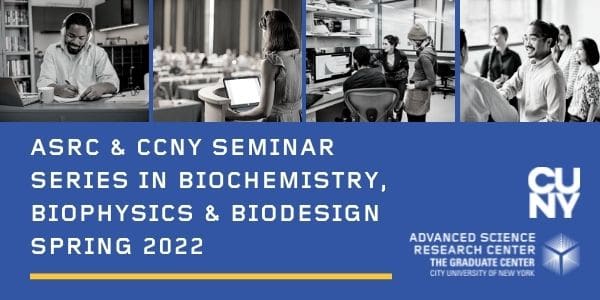
Professor Harel Weinstein of the Physiology & Biophysics Department at Weill Cornell Medicine, New York, NY, will be giving a one-hour talk titled:
Computational biophysics illuminates the functional dynamics of molecular machines at the membrane.
ABSTRACT- Major advances in understanding mechanisms of cell physiology in health and disease rely on the ability to detect and interpret dynamic changes in macromolecular structure that are triggered in response to functional stimuli between the cell and its environment. The resulting information is central to practical applications including molecular engineering and the design of new therapies. With the development of ever more powerful experimental methods – crystallography, NMR, ultra-resolution microscopy and Cryo-EM – a veritable treasure of information at the required atomic resolution is available for this purpose. But the grand challenge addressed by computational simulation is to investigate the detailed dynamics of these systems under various conditions that determine their functional mechanisms. Our work takes advantage of the combination of structural and functional data to illuminate such mechanisms. Recent projects focus on mechanisms of molecular machines that (i)-Pierce and Fuse membranes (e.g., the SARS-CoV-2 Spike protein), or (ii) Exchange lipids between membrane leaflets (e.g., the TMEM16 lipid scramblases, or (iii) Transfer Signals and Substances across the cell membrane (e.g., GPCRs and Neurotransmitter Transporters). To perform their biological functions, these molecular systems process and/or transmit a triggering signal to a distal function-determining site within the protein. This type of intramolecular “action at a distance” – termed allostery –is ubiquitous in biomolecular function, but is rarely defined in structural detail and quantified. To extract this information from the necessarily very long Molecular Dynamics (MD) trajectories, we use a variety of quantitative approaches such as the Information Theory-based NbIT framework we developed to discover the allosteric pathways underlying the dynamic functional mechanisms of complex proteins. This will be illustrated for neurotransmitter transporters. Signaling along such allosteric pathways revealed with NbIT, involves conformational state-to-state transitions in response to triggers such as ligand binding. These are rare events in the dynamics of complex molecular machines described by the long MD simulations. To reveal such function-related transitions we developed a novel Rare Event Detection (RED) protocol which utilizes an unsupervised Machine Learning technique – named Non-Negative Matrix Factorization (NMF) that will be illustrated with application to yet another family of molecular machines – the GPCRs – to reveal the time-ordered specific ligand-determined functional mechanisms encoded in the MD trajectories
This seminar will be presented in the ASRC Auditorium and broadcasted via Zoom.
To join these ongoing events via Zoom, please use the link below:
Join Zoom Meeting
Meeting ID: 495 404 8198
For more information about this hybrid event please contact:
Lauren Gohara
lgohara@ccny.cuny.edu
(212) 650-8803

